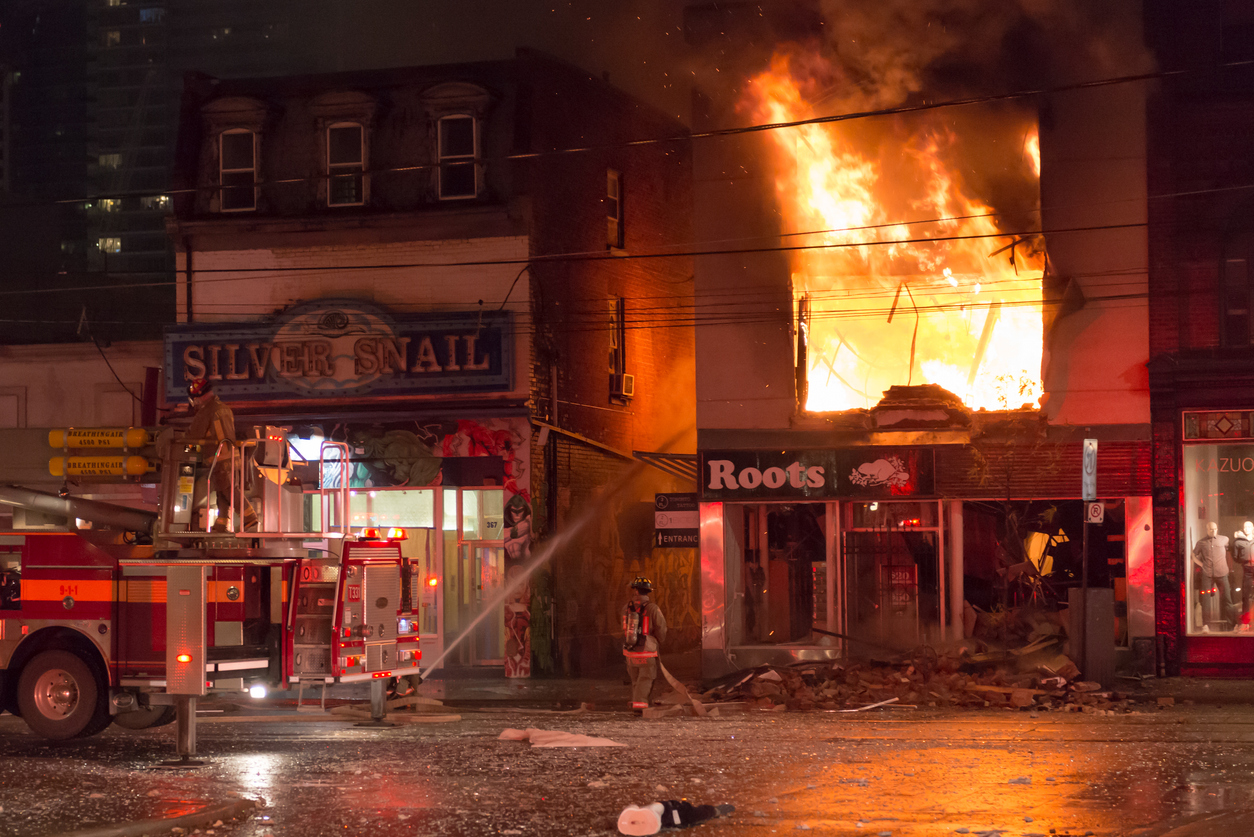Do you have “Replacement Cost” coverage in your homeowner policy? This would cover damage to a building, structure, or other real property that you own. You probably do, even if you aren’t explicitly aware of it – or don’t know exactly how it works. Here are some insights to introduce you to this important coverage provision and help you manage expectations in the event you need to use it.
Claims involving Replacement Cost usually arise in the event of property damage involving a residential homeowner policy. If a tree falls through the roof of your house, for example, your policy’s Replacement Cost provision speaks to your various settlement options – usually under the Loss Settlement clause of the policy. Most homeowner claims, as far as building coverage goes, will settle on a Replacement Cost basis.
Homeowner policies these days typically contain Replacement Cost coverage; in fact, it’s automatic if the covered real property (your home or other building/structure) listed in your policy is insured for at least 80 percent of its estimated value (Note: the estimated value of the structure does not include the value of the land on which it is constructed). So, if your home is worth $100,000, and you are insured for $80,000, you will be covered for Replacement Cost within your homeowner’s policy. For personal property, you need to purchase an endorsement that will provide replacement cost coverage.
What does this mean? Well, if your home suffers a loss, it means that you’re getting New for Old. That is to say: you’re getting a new roof, even if the roof that was destroyed was 20 years old and already nearing the end of its “useful life.”
This is a crucial element in homeowner policies. Insurance policies didn’t always allow New for Old – you used to get only what you had at the time of the LOSS. So, if your roof was 15 years old, and had a lifespan of 30 years, you would get one half the value of the roof. This is the depreciated value, or Actual Cash Value. Insurance companies held fast to this “indemnification” model right up until Replacement Cost entered the scene and all insurance companies had to follow suit.
Even if you understand the concept of Replacement Cost, and you know you have it in your policy, there are additional points you may not know about. Such as:
- You don’t get New for Old payments up front – initially you will receive the depreciated value of the claim (i.e., the Actual Cash Value). Policyholders often expect to receive the Replacement Cost settlement immediately. Not so! First you must make the repairs and show the insurance company that you spent the money you’ve already received. Only then may you receive a check from your insurer for the Replacement Cost. (NOTE: this check will neither exceed the actual amount necessary to repair/replace the property nor the limit of liability under the policy).
- In Massachusetts and several other states, “replacement” can mean more than just a repair – it also means you may elect to purchase an entirely new home. In lieu of making repairs, one can purchase a new home for the replacement cost settlement. The land value of the new purchase would have to be subtracted from the sale price, and then the value of the residence could be used as the replacement cost figure. (NOTE: If you elect this replacement cost option, you (or your public adjuster) should first obtain the insurer’s approval since the replacement property must be amenable to the insurer for purposes of releasing the withheld depreciation.)
- If you do decide to purchase a new home (instead of making the repairs), Massachusetts law requires that the new home be within the Commonwealth of Massachusetts and be a residential property only.
- Replacement Cost does not include the increased cost to comply with codes or ordinances. Say you owned a home built in 1996, and the energy code at that time required insulation specs to be R13. If you go to rebuild in 2018, insulation must now comply with a code requiring a minimum of R21. Ceilings, meantime, went from R21 to R48. Typically, your insurance company only accounts for what you had at the time of the loss (indemnification), and thus you’re only entitled to what you had at the time of building the structure (which has, of course, depreciated).
These tips are limited to residential coverage – there’s more to come on the commercial side in upcoming posts. Also, the Replacement Cost coverage discussed above is not for personal property. To ensure Replacement Cost coverage for personal items, you should include such an endorsement in your policy.




